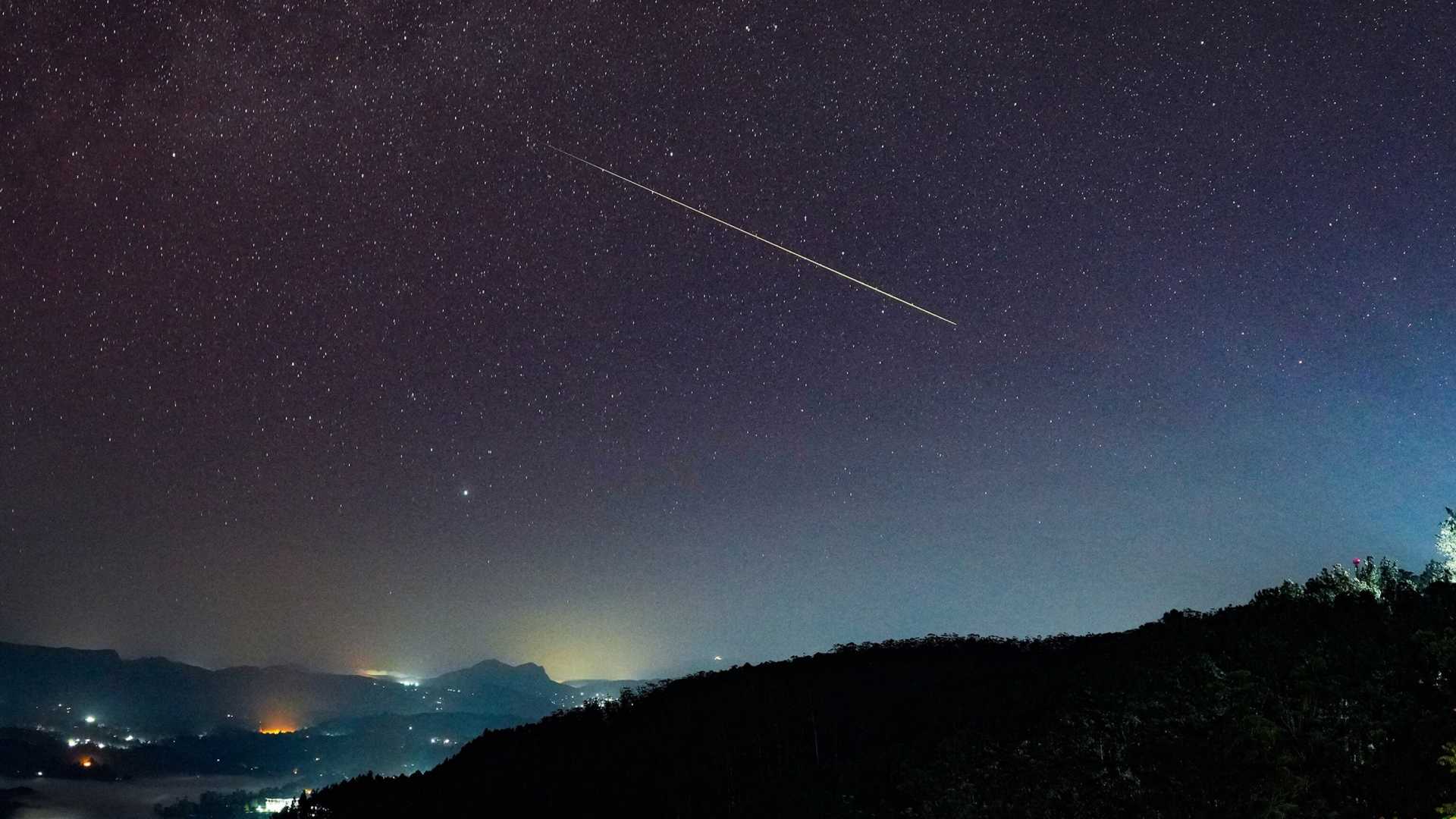News
Perseid Meteor Shower Peaks Amid Moonlight Challenges

BAYINGOLIN, China — The annual Perseid meteor shower is set to peak on the nights of August 12-13, 2024, offering stargazers a chance to witness one of summer’s most captivating celestial displays.
The shower is known for its bright meteors, often referred to as “shooting stars.” The best viewing times are expected after midnight and before dawn, with peak activity estimated around 2-3 a.m. However, the visibility of the meteors may be hindered by the nearly full moon.
Meteors from the Perseids are created by Earth passing through dust left by the Swift-Tuttle comet, which orbits the sun every 133 years. Comet debris entering Earth’s atmosphere travels at speeds of about 37 miles per second, burning up and forming bright streaks across the sky.
This meteor shower has been observed for nearly 2,000 years, with historical records dating back to ancient China. In 2025, the peak will again take place on August 11-12 and 12-13, with the best conditions expected on the 12th, according to Finn Burridge, a science communicator at the Royal Observatory Greenwich.
While the moon’s brightness could make it difficult to see some of the fainter meteors, Burridge encourages observers to still enjoy the spectacle, as at least one or two fireballs per hour may still be visible.
Weather conditions could vary, with some areas experiencing cloud cover. Residents in Northern Ireland, north-west England, and southern Scotland might have better chances for clear skies. On August 12, the best views are anticipated later into the night after any cloud dissipates.
Observers are advised to position themselves with their backs to the moon, which will be located in the southern sky, to enhance their chances of spotting meteors originating from the constellation Perseus in the northeast.
Although the full moon poses visibility challenges, stargazers are encouraged to seek opportunities to enjoy the Perseid meteor shower in the coming days, as meteor activity will still be present after the peak.












